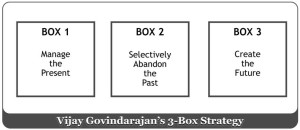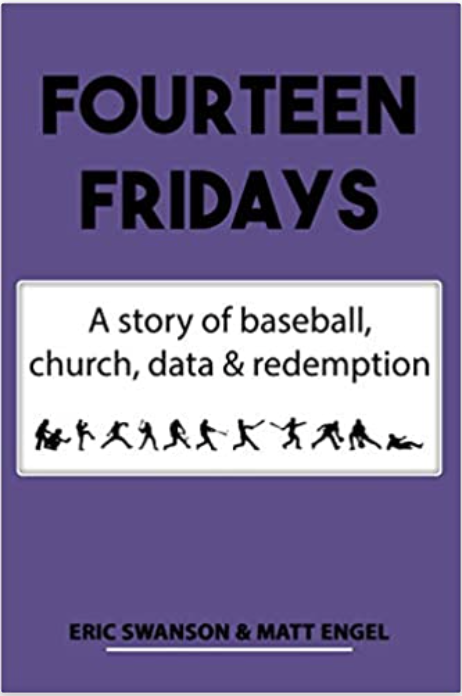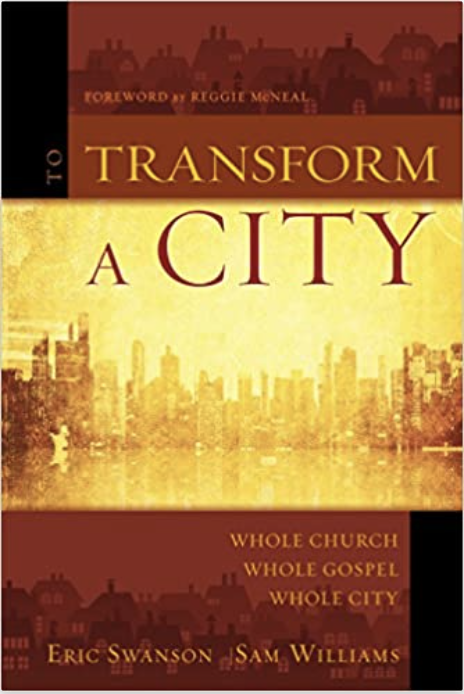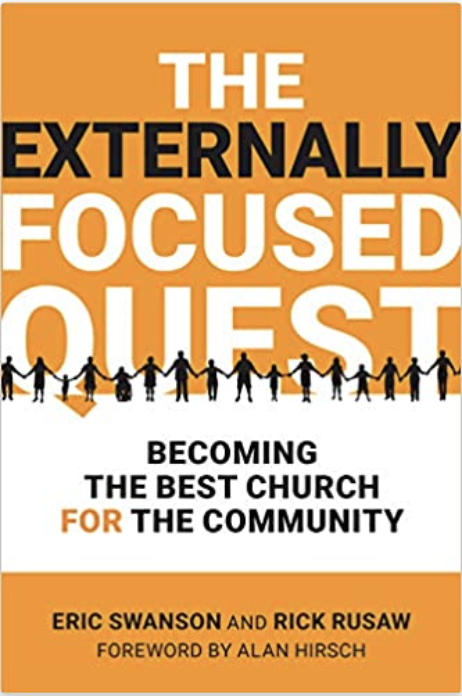3 Box Thinking—Structuring your church for innovation
As you enter 2016 it is helpful to put everything you do in your church into one of three boxes:
- Box 1 represents THE PRESENT and contains all the stuff that is currently working in your church—the weekend services, the topics and style of your preaching, small groups, global missions, the men’s steak fry, etc. We must manage and improve the present. How can we get better and more efficient at what we currently do? How do we know what to invest in? There are strong, clear signals based on results and feedback. But since last year some stuff that used to work no longer is working so we need another box. That’s where Box 2 comes in.
- Box 2 represents THE PAST—stuff that has worked before but now needs to selectively be abandoned and forgotten because this (program, approach, ministry philosophy, etc) is a dead horse that is never to run again. We can appreciate and honor these bygone relics of fruitfulness but it’s time to put them on the curb or call the Good Will truck.
- Box 3 represents THE FUTURE—stuff that is on the near or far horizon that may one day be of value but calls for careful investigation. The strong, clear signals of Box 1 are replaced with weak signals, intuition, and hunches. Box 3 becomes the R&D arm of your church. Box 3 is about rapid experimentation and rapid innovation. Box 3 is your “bet on the future.” Is anyone playing around with the “Western Roll” while high-jumpers are still setting high jump record with a “Scissors” jump? Box 3 consists of scattering a lot of seeds and see which plants pop out of the soil.
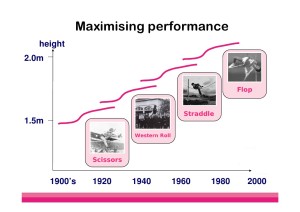
Now for a couple of interesting observations… Most of the time Box 3 is at odds with Box 1. Yes, you read that right. Because at this point Box 3 is expending resources and is (seemingly) getting nothing in return and Box 1 always has to pay for Box 3 and that upsets the bean counters. So its good to think of Box 3 the way Big Pharma thinks about drug research. Vijay Govindarajan, thought-leader on 3 Box thinking says that “ongoing operations are always at odds with innovation” most likely because they have different scorecards. The bottom line for Box 1 is “profit,” however you measure it. The bottom line for Box 3 is “validated learning” (learning that emerges from rapid experimentation and iteration). The accountability of those who work in Box 3 is based on conducting low cost experiments and their ability to rapidly learn. No, Box 3 is not the space for goofballs but it may be the place for the “crazy ones”—you know those ones who end up changing the world.
Here’s the kicker. Enterprises that  have no Box 3 become obsessed with and double-down on their Box 1 and while they are going in the tank they complain that people “don’t get it.” Circuit City, Borders, E.F. Hutton, Blockbuster, Pan Am, Woolworths, etc. were at one time were record-breaking companies but they had no Box 3 to determine how they would innovate to prepare for the future. In 2007 Nokia’s market share of phones was over 50 percent. By the third quarter of 2012 the company’s market share had slipped to just 3.5 percent. I think we could throw in our share of large churches, denominations, and parachurch organizations that no longer exist because they had no Box 3.
have no Box 3 become obsessed with and double-down on their Box 1 and while they are going in the tank they complain that people “don’t get it.” Circuit City, Borders, E.F. Hutton, Blockbuster, Pan Am, Woolworths, etc. were at one time were record-breaking companies but they had no Box 3 to determine how they would innovate to prepare for the future. In 2007 Nokia’s market share of phones was over 50 percent. By the third quarter of 2012 the company’s market share had slipped to just 3.5 percent. I think we could throw in our share of large churches, denominations, and parachurch organizations that no longer exist because they had no Box 3.
At your next leadership retreat…
Ask:
- Box 1: What’s working now? How can we make it even better?
- Box 2: What’s no longer working that needs to be respectfully abandoned?
- Box 3: What may work in the future that we should start experimenting with? What are the changes that have happened in the past 10 years in Society, Technology, Economics, Environment, Politics, & Religion. Take a guess at what might happen in these same areas in the next ten years.
In view of these future possibilities, what experiments might you want to run?
Do:
Create a Box 3 innovation team and rotate people in and out until you find the high performance, rapidly experimenting, hungry, learning, and curious team that will take you into the future. Have them report out every week on experiments they ran that week and what they are learning.
This could be the best thing you do in 2016.

